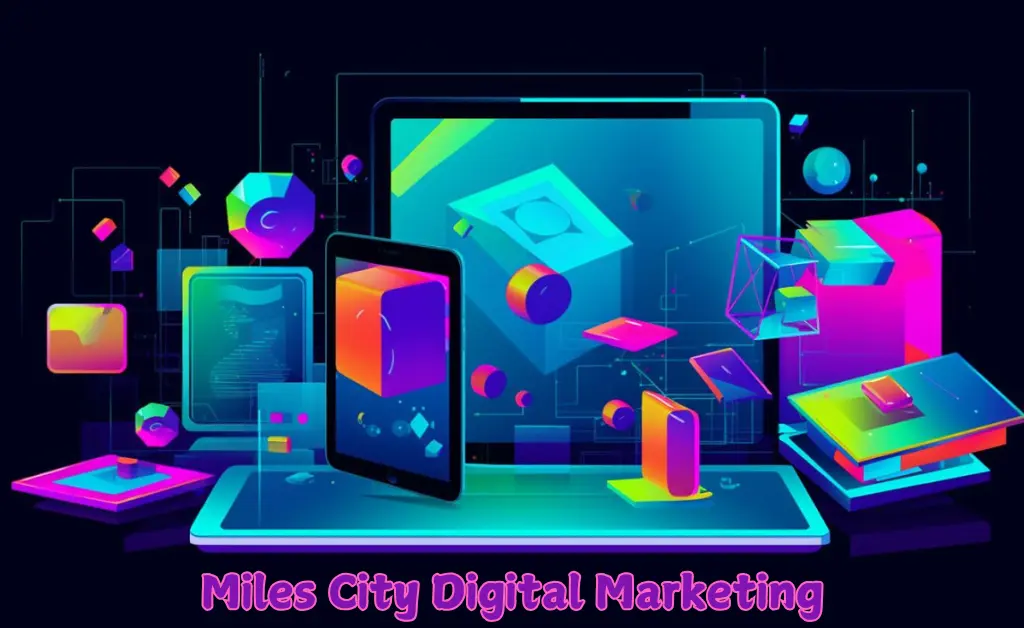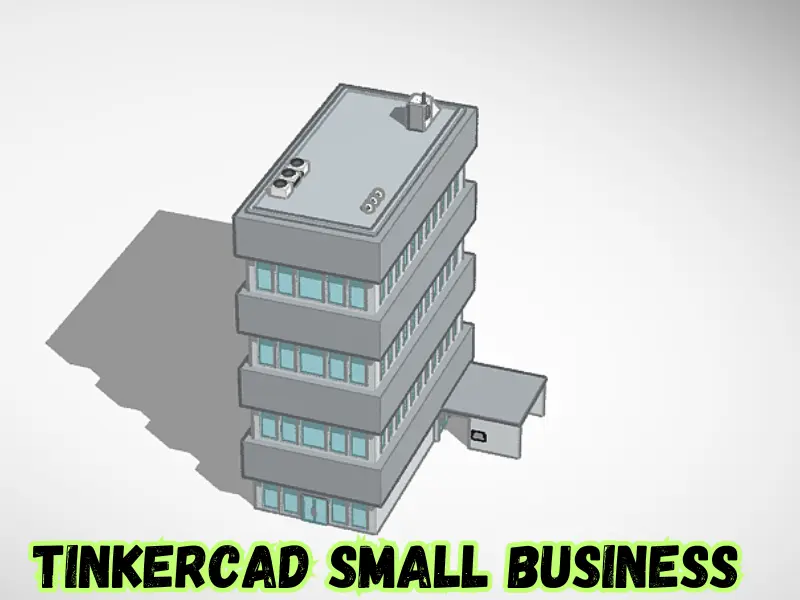In the modern logistics landscape, a Transportation Management System (TMS) has emerged as an indispensable tool for businesses seeking to streamline their supply chain operations. With increasing complexities in transportation networks and customer expectations, implementing a robust TMS can be the difference between operational efficiency and logistical chaos. This article explores the essential features, benefits, and considerations of a TMS to help businesses make informed decisions.
What Is a Transportation Management System?
A Transportation Management System (TMS) is a software solution designed to plan, execute, and optimize the movement of goods. It facilitates efficient transportation operations, ensuring timely deliveries while minimizing costs. A TMS integrates seamlessly with existing systems such as Enterprise Resource Planning (ERP) and Warehouse Management Systems (WMS), creating a cohesive network for end-to-end supply chain management.
Key Features of a Transportation Management System
1. Route Optimization
A powerful TMS leverages advanced algorithms to identify the most efficient delivery routes. By analyzing factors such as distance, traffic conditions, and fuel consumption, a TMS ensures reduced transit times and cost savings.
2. Freight Management
TMS platforms simplify freight management by enabling users to compare carriers, negotiate rates, and monitor shipments in real time. This feature ensures transparency and enhances decision-making.
3. Real-Time Tracking
Modern TMS solutions come equipped with GPS tracking, allowing businesses to monitor shipments in real time. This visibility improves communication with customers and helps address any delays promptly.
4. Automated Documentation
From bills of lading to customs paperwork, a TMS automates document generation and storage. This feature reduces administrative burdens and ensures compliance with regulatory requirements.
5. Analytics and Reporting
A TMS provides in-depth analytics and customizable reports, offering insights into key performance indicators (KPIs). Businesses can use this data to identify inefficiencies and drive continuous improvement.
6. Scalability
Whether you operate a small business or a multinational enterprise, a scalable TMS adapts to your growth. It supports multi-modal transportation, including air, sea, rail, and road, ensuring flexibility in operations.
Benefits of Implementing a Transportation Management System
1. Cost Efficiency
By optimizing routes, reducing fuel consumption, and automating manual tasks, a TMS significantly lowers transportation costs. Additionally, better freight negotiation through a TMS leads to long-term savings.
2. Enhanced Customer Satisfaction
With improved delivery accuracy and real-time updates, businesses can meet customer expectations effectively. A TMS fosters better communication, leading to higher satisfaction rates.
3. Improved Operational Efficiency
Automation eliminates human errors and reduces administrative workloads. From tracking shipments to managing returns, a TMS streamlines every aspect of transportation.
4. Sustainability
Route optimization and load consolidation reduce carbon emissions, making transportation more environmentally friendly. Businesses can achieve their sustainability goals while maintaining profitability.
5. Risk Mitigation
With features like real-time alerts and compliance management, a TMS helps mitigate risks associated with delays, accidents, or regulatory breaches.
How to Choose the Right TMS for Your Business
Selecting the right TMS requires careful evaluation of your business needs and goals. Here are key considerations:
1. Identify Your Requirements
Assess your current transportation challenges and future objectives. Consider factors such as shipment volume, modes of transportation, and integration needs.
2. Prioritize User-Friendliness
A TMS should have an intuitive interface to ensure ease of use. Training staff to use the system effectively minimizes implementation hurdles.
3. Evaluate Scalability
Ensure the TMS can accommodate your business’s growth. Look for solutions that support multi-modal transportation and global operations.
4. Assess Integration Capabilities
Choose a TMS that integrates seamlessly with your existing software, such as ERP or WMS. This integration ensures data consistency and operational continuity.
5. Compare Costs
While cost is an important factor, focus on the value a TMS provides. Evaluate the ROI and consider long-term savings from enhanced efficiency.
6. Check Vendor Support
Reliable customer support is critical for a smooth TMS implementation. Assess the vendor’s reputation, training programs, and after-sales service.
Trends Shaping the Future of Transportation Management Systems
1. Artificial Intelligence (AI) and Machine Learning (ML)
AI and ML are revolutionizing TMS by enabling predictive analytics, demand forecasting, and dynamic pricing. These technologies enhance decision-making and drive efficiency.
2. Blockchain Technology
Blockchain ensures transparency and security in supply chain transactions. Its integration into TMS enhances data integrity and reduces fraud.
3. Internet of Things (IoT)
IoT devices enable real-time tracking and condition monitoring of shipments. Coupled with TMS, IoT improves supply chain visibility and control.
4. Cloud-Based Solutions
Cloud-based TMS offers flexibility, scalability, and cost-effectiveness. It allows businesses to access their systems anytime, anywhere, ensuring uninterrupted operations.
5. Sustainability Initiatives
As sustainability becomes a priority, TMS platforms are incorporating eco-friendly features such as carbon footprint tracking and green route planning.
A Transportation Management System is no longer a luxury but a necessity for businesses aiming to thrive in today’s competitive landscape. From reducing costs to enhancing customer satisfaction, a TMS delivers unparalleled value. By selecting the right solution tailored to your needs, you can unlock new levels of efficiency and growth.










